#Decaf Coffee
Text

Tiramisu Banana Bread Muffins (Vegan & Gluten-Free)
#vegan#gluten free#desserts#muffins#banana bread#tiramisu#banana#plant milk#chocolate chip#peanut butter#oat flour#cinnamon#vanilla#apple cider vinegar#maple syrup#cacao#whipped cream#decaf coffee
89 notes
·
View notes
Video
Specifically, the ones who “jUsT hAvE sO mUcH nAtUrAl EnErGy, I dOn’T eVeN nEeD cOfFeE!”
#video#tiktok#tiktoks#funny#lmao#wtf#relatable#mood#drink#drinks#coffee#decaf#decaf coffee#erichwithanh
123 notes
·
View notes
Text
When I have to drink decaff but I'm on a writing jag.
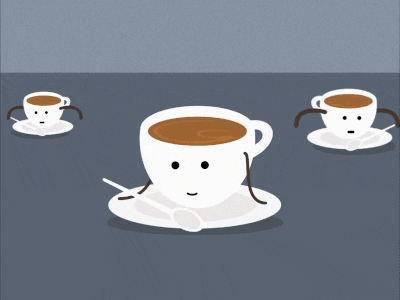
#writblr#writers on tumblr#writing community#writers of tumblr#writers on ao3#coffee and writing#caffeine#writing fuel#writing#am writing#writer#writers#writers life#writing life#decaf coffee#writing problems#writer problems#writing humor#writing meme#writing memes#queue
9 notes
·
View notes
Text
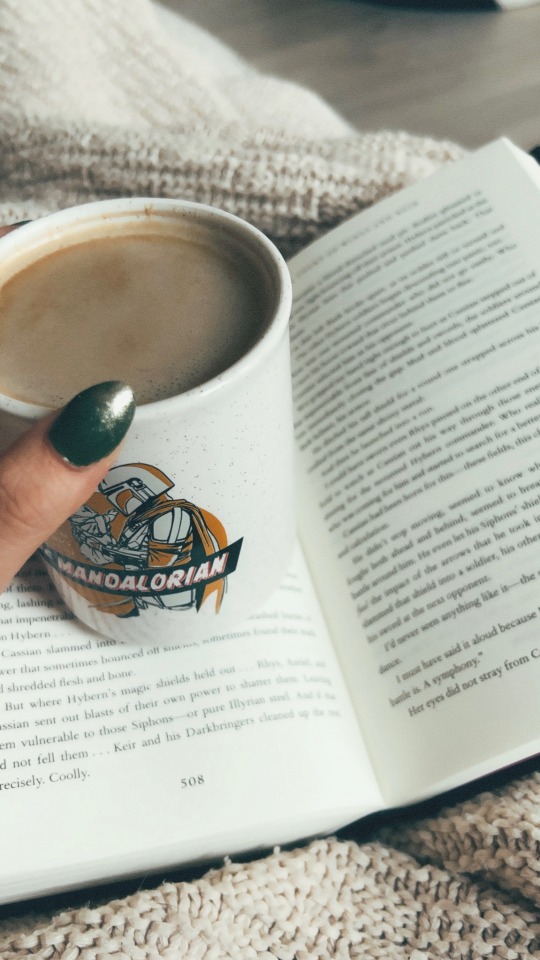
What am I doing?…
What d’ya think? 🙈
#decaf coffee#coffee time#coffee#nespresso#nespresso coffee#mando mug#mandalorian#the mandalorian#reading for fun#reading for pleasure#book nerd#books#book lover#a court of wings and ruin#acotar#fantasy books#fantasy#love to read#bookworm#reading corner
23 notes
·
View notes
Text

Decaf oat latte
#Coffee#Coffee date#Coffee shop#Latte#Oat decaf latte#decaf coffee#Drinks#phone photography#aesthetic#cute
5 notes
·
View notes
Text
I’m an eepy girly today 🥱 but as a chemistry person I do have fun facts anyway.
Did you know decaffeinated coffees still usually have caffeine in them? Gas chromatography studies have confirmed that decaffeinated coffees still contain caffeine, albeit less so than their caffeinated counterparts.
17 notes
·
View notes
Text
do you ever just drink a cup of black coffee and then only after you drink it you realise that it was decaf and then the disappointment you feel is is just so crushing
#yeah#this was me this morning#i was heartbroken#and dont get me wrong#i do like decaf coffee and drink it a lot#but not like that#bc it feels like you've been tricked#decaf coffee#vi screams into the void
7 notes
·
View notes
Text

.Chaotic NeutraL.
#coffee alignment chart#coffee#chaotic good#coffee float#chaotic neutral#frappe#coffee frappe#chaotic evil#liter of coffee#neutral good#latte#coffee latte#true neutral#black coffee#neutral evil#decaf coffee#lawful good#cold brew#cold brew coffee#lawful neutral#instant coffee#lawful evil#milk
19 notes
·
View notes
Text
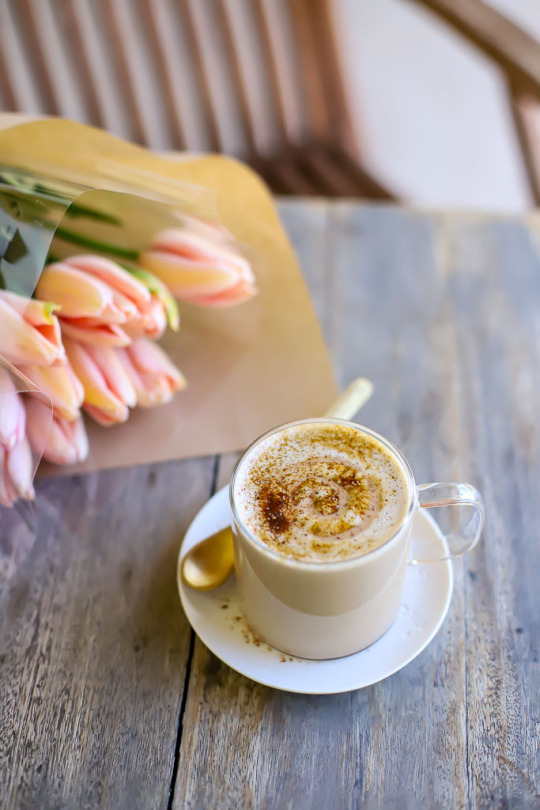
Hot Cross Bun Latte (Vegan)
#vegan#drinks#easter#latte#hot cross bun#cinnamon#nutmeg#ginger#plant milk#dates#cashews#decaf coffee#coconut cream#allspice#cloves#coriander#coconut sugar#maple syrup
33 notes
·
View notes
Text
Not Tegan hiding. 🤣🤣🤣🤣
#tegan and sara#sara quin#tegan quin#music#lgbtq#sisters#twins#tiktok#high school#crybaby#coffee#decaf coffee
49 notes
·
View notes
Text

#sanka#decaf coffee#80s#1985#1980s commercials#beverage commercials#instant coffee#VHS#VHSwave#vaporwave#gif#my gifs#the forced smile is so funny#she's pretty though and what i can see of her outfit looks cute#she's ready for that soul-crushing train commute to her 9-5
15 notes
·
View notes
Text


Scaly, the engineer
2 notes
·
View notes
Text

Who says you can’t enjoy a latte in the evening 🙈
It is decaf 🙊
#me#female legs#legs#coffee#coffee time#Nespresso#nespresso coffee#nespresso lover#decaf coffee#latte
37 notes
·
View notes
Text
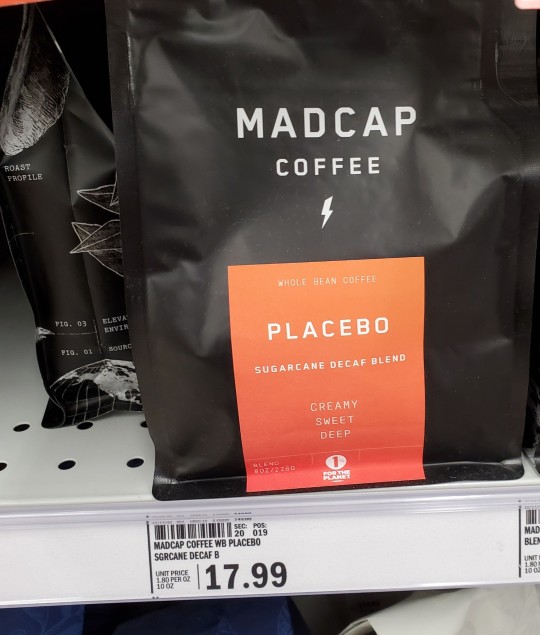
I take med to prevent migrane. I also avoid triggers, caffeine is one of the worst. I refuse to give up coffee though, so I drink water-processed, low acid decaf. I saw this at the store and had to snap a pic...appropriately named!
11 notes
·
View notes
Text
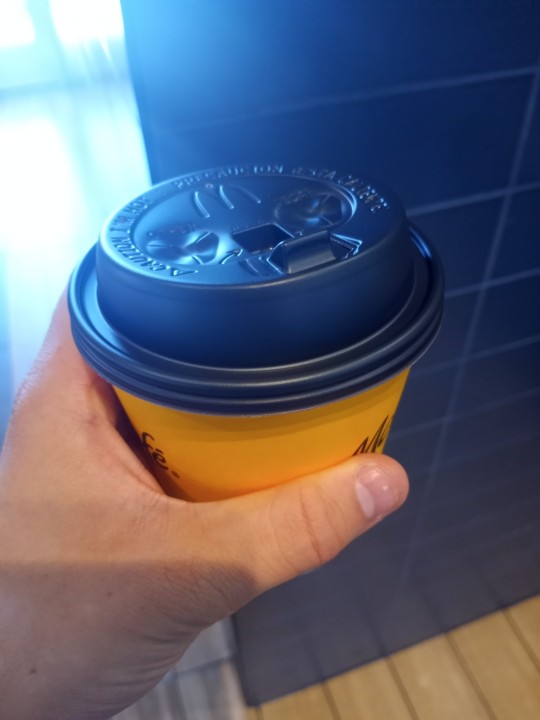

2 notes
·
View notes
Text
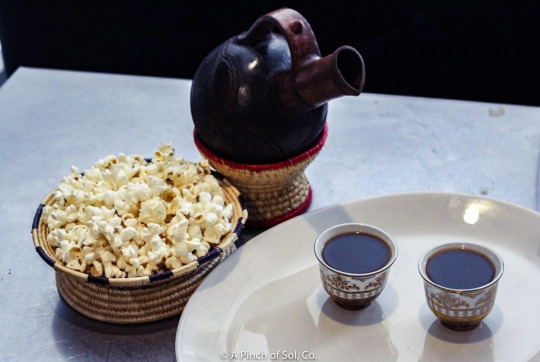
A Crash Course in Ethiopian and Eritrean Coffee Tradition
Typically, the woman of the household (or waitress if you’re dining in a restaurant) performs the ceremony for her guests. First, fresh Ethiopian coffee beans roast over a small open furnace. In order to ensure an even roast, the host continuously turns the beans. As she turns the beans, your nose is filled with the aroma of fresh coffee intermingled with hints of fruit and flowers. Once the beans are evenly roasted, the host passes the pan of roasted beans in front of everyone’s face – giving you a better smell of the emitting fragrances. The smell is nothing like what you would expect. Unlike the smell of coffee from your local Starbucks, this Ethiopian coffee has a fruity, sweet smell that just warms your soul. The host then pours the beans into a wooden bowl called a mukecha. The mukecha is used to grind the beans by hand. Finally, the coffee grounds are poured into a jebena, which is a pot is made of thick clay and a long pouring spout. The jebena is extremely functional in that it ensures the coffee grounds don’t burn over the open furnace. Water is added to the jebena and then the mixture is boiled.
After a few minutes of boiling, the coffee is ready to be poured into small, decorative ceramic cups. The host pours the coffee into the cups in one single pour – by that I mean, the host does not put the jebana down in an upright position until every cup is filled with coffee, which I found extremely intriguing. There had to be some significance in pouring all the coffee at once, right? I was always taught to ask about things I don’t understand, so I just had to ask my waitress about the purpose of pouring all the cups of coffee simultaneously. My waitress explained that pouring the coffee all at once was a very important step in the ceremony. Doing so ensures that the coffee grounds do not mix back into the beverage and stay at the bottom of the jebena – giving you the perfect cup of fresh coffee.
The ceremony does not stop there, however. Shareable platters of himbasha (sweet bread), yellow raisins and popcorn were brought to the table. As I began to take pictures, my waitress told me to “enjoy the experience” and to “take pictures later”. I respectfully put my camera down and started to take it all in. Looking at the large plates filled with common snacks, it became prominently clear to me that family time and sharing was a very important piece of the Ethiopian and Eritrean culture. These ceremonies are a time when individuals tune the outside world out and get to know each other just a little better. This experience opened my eyes to how valuable our time is with those we love and care about.
#p#txt#tea time#mindfulness#herbarium#Coffea arabica#decaf coffee#coffee#tradition#culture#sidewalkchemistry
5 notes
·
View notes